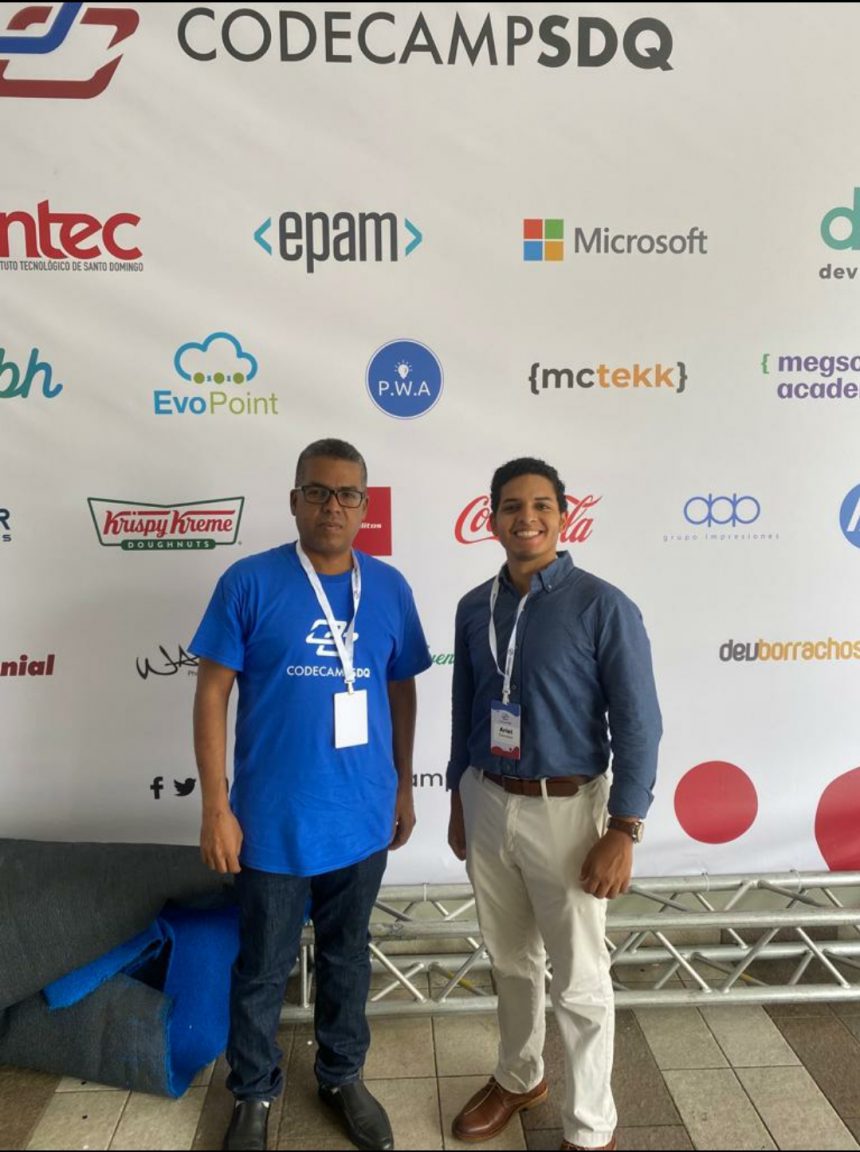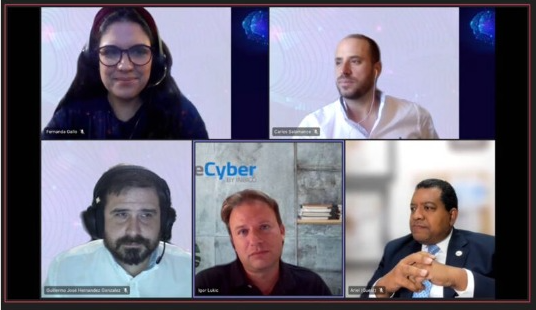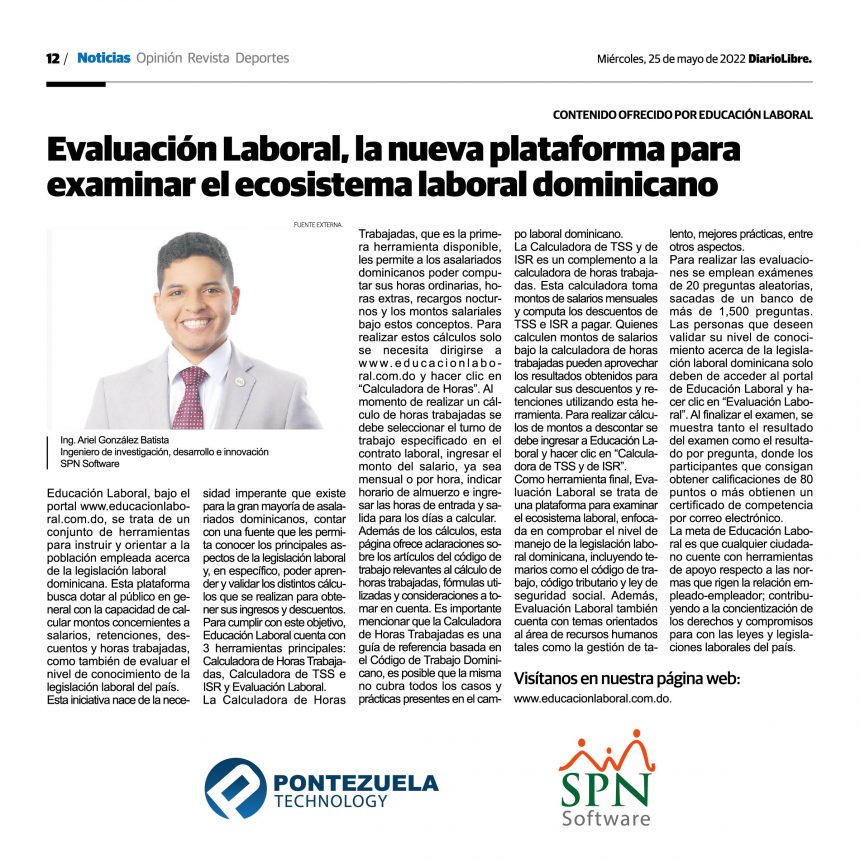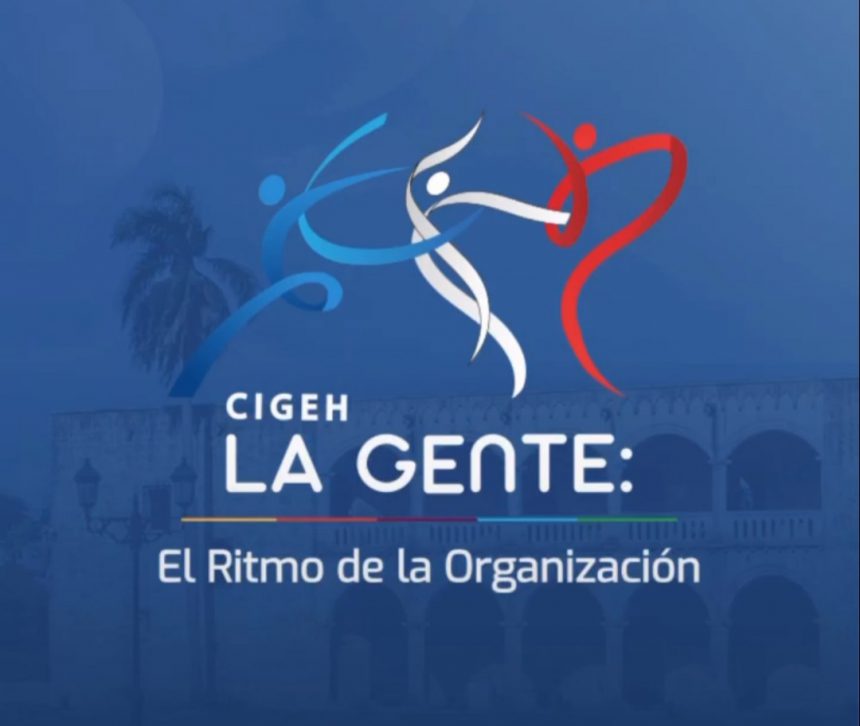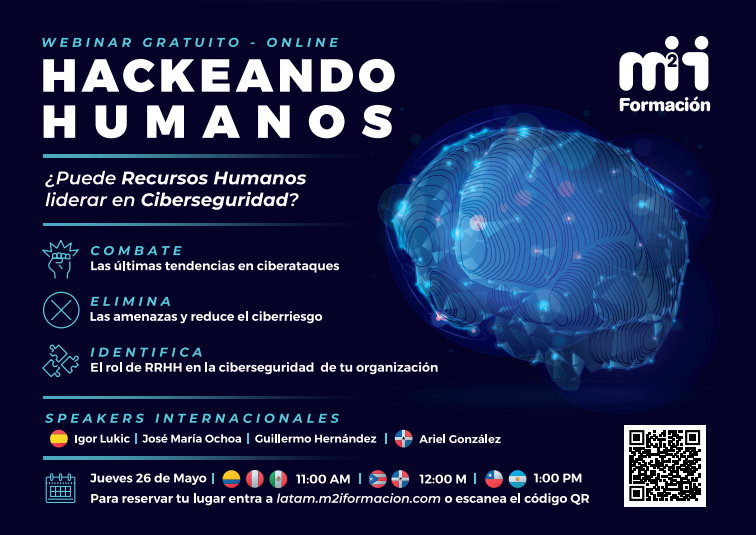
Representing data using graphics such as tables, diagrams, infographics, heat maps, bubble clouds, scatter plots, and mekko charts is called data visualization. These visual displays and information representations help communicate complex data relationships and data-driven insights in a way that makes it easy to understand and inform decisions.
The goal of data visualization is to help identify patterns and trends from large data sets. Data refers to the processing of immersive and interactive visualizations that show new data as it is streamed. There is a huge volume of data available today, and to gain any benefit from that abundance of data, real-time analytics has become extremely necessary for businesses to gain an edge over their competition. Real-time visualizations can be very useful for companies that need to make strategic or on-the-fly decisions.
It is useful for companies that need to deal with risk, both managing it and responding if something goes wrong. And, for those companies that can use these real-time visualizations to take advantage of emerging opportunities before someone else does. Real-time visualizations work best when input-based action needs to be taken immediately by providing context to decision makers.
Business benefits of data visualization:
Information processing: With a constant stream of data being generated in real time, it is impossible to process and make sense of it just by looking at it. Visualization helps make sense of the clutter of numbers and text in a better way. It is also easier to absorb and interpret data when it is presented visually.
Relevant insights: Data visualization provides relevant insights by connecting and showing patterns of how different data sets are connected. This can help easily identify and extract trends and patterns that might not otherwise be visible from the raw data. This is especially important when streaming data is presented and trends can be forecast using real-time visualizations.
In financial trading systems, such real-time data visualizations can show real-time ROI, profit and loss and help companies make immediate decisions.
Business operations: Data visualizations give businesses insight overview of the current relationship between various sections and operations of the business. help in the decision-making process and in the management of critical business metrics. Can Help review and analyze areas for improvement.
Decision making: The pattern becomes clearer with data visualization, facilitating faster decision making. Since there is a synchronization between real-time data and its visualization, companies can make quick decisions that can significantly affect the organization.
Customer Analytics: Real-time data visualization helps analyze customer data to understand business trend. It can reveal information about the understanding and knowledge of the target audience, their preferences and more. Such insights can be helpful in designing strategies that can address customer requirements.
Save time: It is easier to understand, process and make decisions based on graphically represented data instead of going through tons of reports with raw data and generate reports on time. Real-time data visualizations help save time by categorizing and displaying trends and patterns in real time.
Data Interaction: Data visualization helps group and categorize data and encourages employees to spend time on data interaction through data visualization. This leads to better ideas and helps in problem solving. Help design and create actionable business solutions.
Real-time data visualization provides additional context for decision makers who need to respond immediately when faced with risk, and for businesses that need to make quick decisions before an opportunity is missed.
Some of the use cases for real-time data visualizations are:
- Identifying Trends: Sales and marketing companies rely on trends and identifying spikes or dips in a visual format by viewing real-time data can aid in decision making.
- Goal Tracking: Using real-time data visualization, goals and results can be monitored as they are achieved and action can be taken to correct them if they are not met.
- Access data screens remotely: Sales managers and their teams need instant access to CRMs in the field. Real-time data visualizations can help connect and deliver the details needed on mobile devices to make decisions on the go.
- Buy: Real-time data visualization can show market trends, which can be extremely useful for companies that trade in commodities. The graphic representation can show the movement clearly.
- Resource management: Real-time visualization can show efficiencies and inefficiencies, and help organizations make effective corrective decisions in the event of problems.
- Security and Fraud Prevention: Real-time data visualizations provide an opportunity for risky situations and help reduce daily operational issues by pulling data from different sources and projecting it graphically in one place.
- Crisis management: Real-time data visualization helps manage risks by displaying real-time analytics of any emerging events.
Conclusion
Data is the key to decision making in any business. Helping the decision-making process by actively rendering real-time data using different real-time rendering and visualization methods can give the business a winning competitive advantage.
ou can fill out this form to receive the link https://latam.m2iformacion.com/hackeando-humanos/






WHAT IS DATA LITERACY?
Data literacy is the ability to read, write, and communicate data in context, including an understanding of data sources and constructs, applied analytical methods and techniques, and the ability to describe the application use case and resulting value.
STEP 1: ESTABLISH A BASELINE USING REGISTRATION DATA
Collect log data from your BI tools to compare current adoption and usage rates.
STEP 2: IDENTIFY GROUPS THAT DO NOT USE DATA
Using consolidated log data, identify groups and users with the lowest level of engagement.
STEP 3: EVALUATE DATA LITERATURE
Conduct a data literacy assessment. Identifies unique needs of groups with different skill levels.
STEP 4: IDENTIFY DATA CHAMPIONS
Identify highly qualified power users and departments. Recruit data champions.
STEP #5: CREATE EDUCATIONAL RESOURCES
Interview champions, record videos on best practices, create use cases, tips and tricks that will help educate other groups.
STEP #6: LAUNCH AN EDUCATIONAL CAMPAIGN
Teach and distribute educational resources throughout the organization.
STEP #7: MEASURE PROGRESS: RUN AND REPEAT
Measure changes and adoptions on business performance. Take another skills assessment.
Dongarra’s algorithms and software fueled the growth of high-performance computing and had a significant impact on many areas of computer science, from AI to computer graphics.

New York, NY, March 30, 2022 – ACM, the Association for Computing Machinery, today named Jack J. Dongarra the winner of the ACM A.M. Turing 2021 for his pioneering contributions to numerical algorithms and libraries that enabled high-performance computing software to keep pace with exponential improvements in hardware for more than four decades. Dongarra is Distinguished Professor of Computer Science in the Department of Electrical and Computer Engineering at the University of Tennessee. He is also a member of the Oak Ridge National Laboratory and the University of Manchester.
The ACM A.M. Turing, often referred to as the “Nobel Prize in Computing,” is endowed with a million dollars and is financially supported by Google, Inc. It is named after Alan M. Turing, the British mathematician who articulated the mathematical foundations and computing limits.
Dongarra has led the world in high-performance computing through his contributions to efficient numerical algorithms for linear algebra operations, programming mechanisms for parallel computing, and performance evaluation tools. For nearly forty years, Moore’s Law produced exponential growth in hardware performance. During that same time, while most software couldn’t keep up with these hardware advances, high-performance numerical software did, thanks in large part to algorithms, optimization techniques, and software implementations of Dongarra production quality.
These contributions established a framework from which scientists and engineers made important discoveries and game-changing innovations in areas such as big data analytics, health, renewable energy, weather forecasting, genomics, and economics, to name a few. name a few. Dongarra’s work also helped facilitate advances in computer architecture and supported revolutions in computer graphics and deep learning.
Dongarra’s major contribution was the creation of open source software libraries and standards that employ linear algebra as an intermediate language that can be used by a wide variety of applications. These libraries have been written for single processors, parallel computers, multicore nodes, and multiple GPUs per node. The Dongarra libraries also introduced many important innovations, such as autotuning, mixed-precision arithmetic, and batch calculations.
As the leading ambassador for high-performance computing, Dongarra was tasked with convincing hardware vendors to optimize these methods and software developers to use his open source libraries in their work. Ultimately, these efforts resulted in linear algebra-based software libraries achieving near-universal adoption for high-performance engineering and scientific computing on machines ranging from laptops to the world’s fastest supercomputers. These libraries were essential to the growth of the field, allowing increasingly powerful computers to solve difficult computational problems.
“Today’s fastest supercomputers grab media headlines and pique public interest by performing mind-boggling feats of a quadrillion calculations in a second,” explains ACM President Gabriele Kotsis. “But beyond the understandable interest in breaking new records, high-performance computing has been an important tool of scientific discovery. High-performance computing innovations have also spread to many different areas of computing and have made advance our whole field”. Jack Dongarra played a critical role in directing the successful trajectory of this field. His pioneering work dates back to 1979 and he remains one of the most outstanding and committed leaders in the HPC community. His career arguably exemplifies the Turing Award’s recognition of “great contributions of lasting importance.”
“Jack Dongarra’s work has fundamentally changed and advanced scientific computing,” said Jeff Dean, Google Senior Fellow and SVP of Google Research and Google Health. “His profound and important work at the core of the world’s most widely used numerical libraries underlies all areas of scientific computing, helping to advance everything from drug discovery to weather prediction to aerospace engineering and dozens of other applications.” other fields, and his deep focus on characterizing the performance of a wide range of computers has led to major advances in computer architectures that are well suited to numerical computations.”
Dongarra will formally receive the ACM A.M. Turing at the ACM Annual Awards Banquet, to be held this year on Saturday, June 11 at the Palace Hotel in San Francisco
SELECTED TECHNICAL CONTRIBUTIONS
For over four decades Dongarra has been the main implementer or researcher of many libraries such as LINPACK, BLAS, LAPACK, ScaLAPACK, PLASMA, MAGMA and SLATE. These libraries have been written for single processors, parallel computers, multicore nodes, and multiple GPUs per node. Its software libraries are used almost universally for high-performance engineering and scientific computing on machines ranging from laptops to the world’s fastest supercomputers.
These libraries incorporate numerous far-reaching technical innovations, such as: Autotuning: through its ATLAS project, awarded at the 2016 Supercomputing Conference, Dongarra pioneered the automatic search for algorithmic parameters that produce linear algebra kernels of near-optimal efficiency , often exceeding the codes supplied by the providers.
Mixed-Precision Arithmetic: In his 2006 Supercomputing Conference paper, “Exploiting the Performance of 32-bit Floating Point Arithmetic in Obtaining 64-bit Accuracy,” Dongarra pioneered the exploitation of the multiple precisions of floating-point arithmetic to deliver accurate solutions faster. This work has become a building block in machine learning applications, as recently demonstrated in the HPL-AI benchmark, which has achieved unprecedented levels of performance on the world’s best supercomputers.
Batch Calculations: Dongarra pioneered the paradigm of dividing large dense matrix computations, which are commonly used in simulations, modeling, and data analysis, into many smaller task computations into blocks that can be computed independently and concurrently. Building on his 2016 paper, “Performance, design, and autotuning of batched GEMM for GPUs,” Dongarra led the development of the Batched BLAS standard for these types of calculations, and they also appear in the MAGMA and SLATE software libraries.
Dongarra has collaborated internationally with many people on the above efforts, always in the role of driver of innovation, continually developing new techniques to maximize performance and portability, while maintaining numerically reliable results using the most advanced techniques. Other examples of its leadership are the Message Passing Interface (MPI), the de facto standard for portable message passing in parallel computing architectures, and the Performance API (PAPI), which provides an interface that enables collection and synthesis of the yield of the components of a heterogeneous system. The standards he helped create, such as MPI, the LINPACK Benchmark, and the Top500 list of supercomputers, support computational tasks ranging from weather prediction to climate change to data analysis from large-scale physics experiments.
biographical background
Jack J. Dongarra is a Distinguished Professor at the University of Tennessee and a Distinguished Member of the Research Staff at Oak Ridge National Laboratory since 1989. He has also been a Turing Scholar at the University of Manchester, UK, since 2007. Dongarra has a BA in Mathematics from Chicago State University, received a Master’s degree in Computer Science from the Illinois Institute of Technology and a Ph.D. in Applied Mathematics from the University of New Mexico.
Dongarra has received, among others, the IEEE Computer Pioneer Award, the SIAM/ACM Award in Computational Science and Engineering, and the ACM/IEEE Ken Kennedy Award. He is a member of the ACM, the Institute of Electrical and Electronics Engineers (IEEE), the Society for Industrial and Applied Mathematics (SIAM), the American Association for the Advancement of Science (AAAS), the International Supercomputing Conference (ISC), and the International Institute of Engineering and Technology (IETI). He is a member of the National Academy of Engineering and a Foreign Fellow of the British Royal Society.
About the A.M. ACM Turing
The AM Award Turing is named after Alan M. Turing, the British mathematician who articulated the mathematical foundations and limits of computer science, and who was a key contributor to the Allied cryptanalysis of the Enigma key during World War II. Since its inception in 1966, the Turing Award has honored computer scientists and engineers who created the systems and underlying theoretical foundations that have powered the information technology industry.
About MCA
ACM, the Association for Computing Machinery, is the world’s largest computer science and education society, uniting educators, researchers, and practitioners to inspire dialogue, share resources, and address challenges in the field. ACM strengthens the collective voice of the computing profession through strong leadership, promotion of the highest standards, and recognition of technical excellence. The ACM supports the professional growth of its members by offering opportunities for lifelong learning, career development, and professional networking.
Archives
- April 2025
- March 2025
- January 2025
- December 2024
- November 2024
- October 2024
- September 2024
- August 2024
- July 2024
- June 2024
- May 2024
- April 2024
- March 2024
- January 2024
- November 2023
- October 2023
- September 2023
- August 2023
- June 2023
- May 2023
- April 2023
- March 2023
- February 2023
- November 2022
- October 2022
- September 2022
- August 2022
- July 2022
- June 2022
- May 2022
- April 2022
- March 2022
- January 2022
- December 2021
- November 2021
- September 2021
- June 2021
- May 2021
- April 2021
- March 2021
- February 2021
- January 2021
- December 2020
- November 2020
- October 2020
- September 2020
- August 2020
- July 2020
- June 2020
- May 2020
- April 2020
- March 2020
- February 2020
- January 2020
- December 2019
- September 2019
- August 2019
- July 2019
- June 2019
- May 2019
- March 2019
- February 2019
- January 2019
- December 2018
- November 2018
- October 2018
- September 2018
- August 2018
- July 2018
- June 2018
- May 2018
- April 2018
- March 2018
- February 2018
- December 2017

